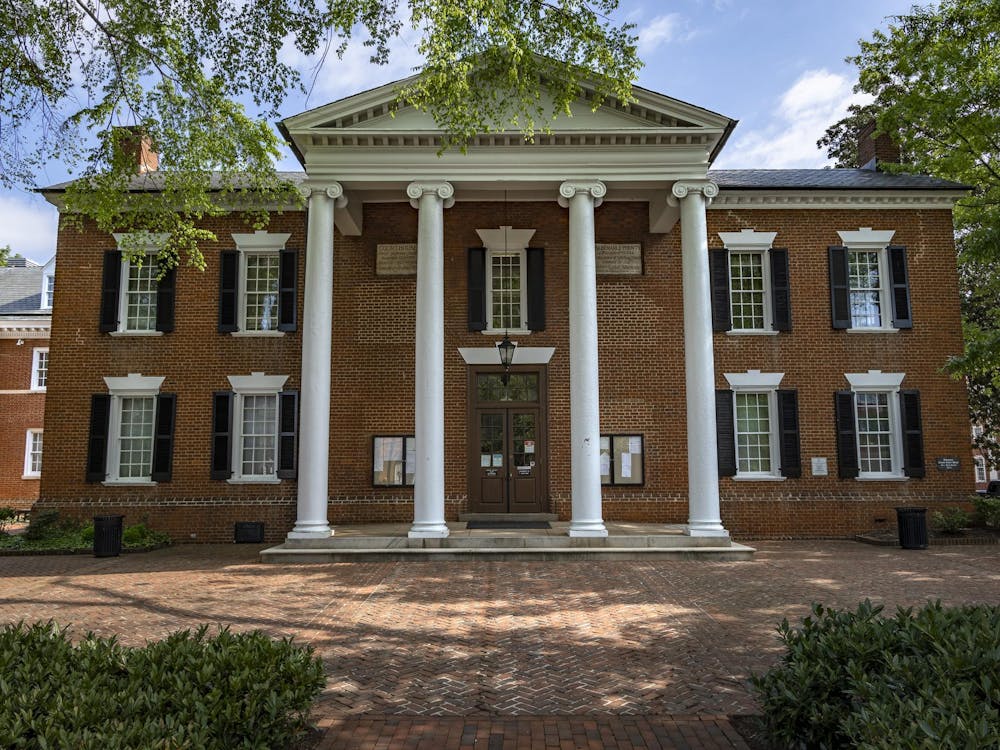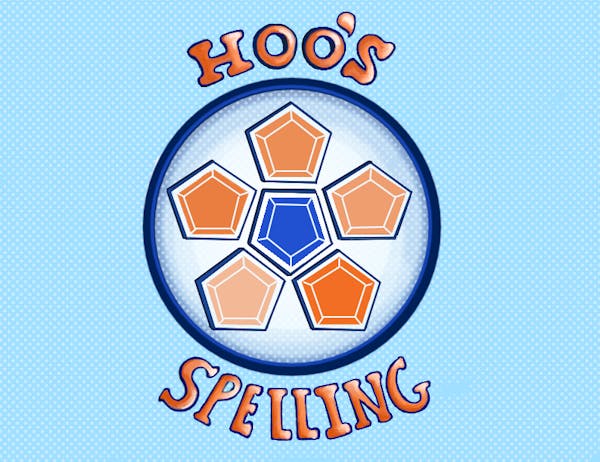Despite dwindling financial resources, the University remained tied for the second-best public school in America when U.S. News & World Report released its annual top-colleges edition this past August. Forbes Magazine also published its 2010 college rankings earlier this month, putting the University 44th on its list, which included both public and private institutions. Although the University neither lives nor dies by these rankings, its relatively poor showing in the "financial resources" category of the U.S. News poll - No. 64, the lowest of all schools ranked in the overall top 25 - is a cause for concern.
Although University officials indicate that rankings do not carry much weight for them, University spokesperson Carol Wood indicated that these rankings "give consumers a snapshot of different measures that show how one institution compares to another." Wood added that she does "not really" believe that the ranking methodology truly measures the value of an institution, as "every university is different, has different strengths and weaknesses," and most fail to account for "student satisfaction and what the student experience is truly like."
Administrators may not let rankings influence their decision-making, but there is still value in a good number. An objectively high mark should only help to draw in more students, even if rankings are not a primary factor in their deciding which college to attend. Wood said the University "used to tout the rankings a number of years ago," but remarked that "ranking fatigue" led them to change the approach.
Although the University still received generally high marks in the U.S. News rankings, the comparatively low financial resources ranking - which takes into account how much each school spends per student - is a telling statistic that demonstrates one of the biggest challenges facing public-college administrators.
Certainly money is not everything, but it is an important resource in determining the quality of education each student receives. As a state school, the University is inherently more constrained than many of its peers, but that is only reason to make capital resources more of a priority. This is especially true as the state of Virginia continues to scale back its contributions to state colleges - a damning strategy in the long run if Virginia wishes to grow its economic base through superior educational opportunities. Former University President John T. Casteen, III certainly recognized the threat that tapering financial resources were to the University, and he made aggressive capital campaigning the hallmark of his two decades at the helm. Current President Teresa A. Sullivan has shown early signs of being more hands-on than Casteen in terms of her role in University operations and the community on Grounds, but no doubt she feels great pressure to keep the University's coffers full. Although she may not want capital campaigns to define her presidency, the reality any University president faces is that a reliance on public financing and a commitment to keeping tuition low means that money will remain a barrier to the University climbing into the highest echelon of American colleges. Administrators will have to find a way around the financial impediment without sacrificing perhaps the most important mark of public education: affordable access for students. Casteen did a remarkable job building that foundation by both transforming the University's business model and steering the financial aid project AccessUVa, but how Sullivan gets the institution to the next level may prove to be her biggest challenge.






